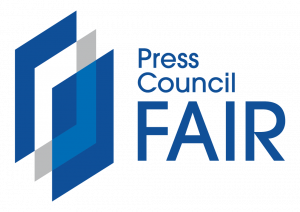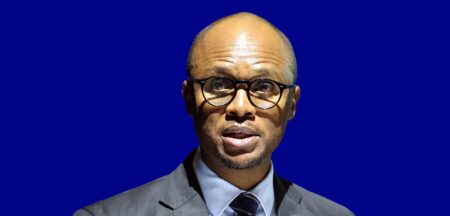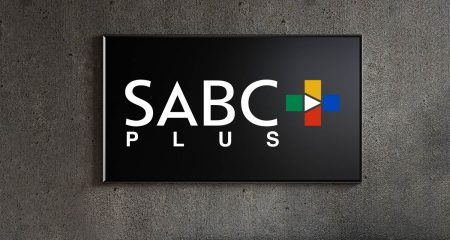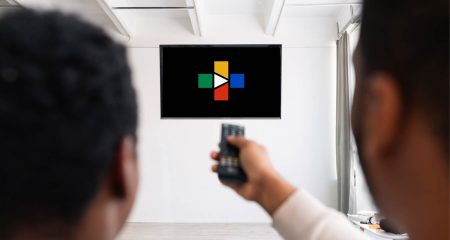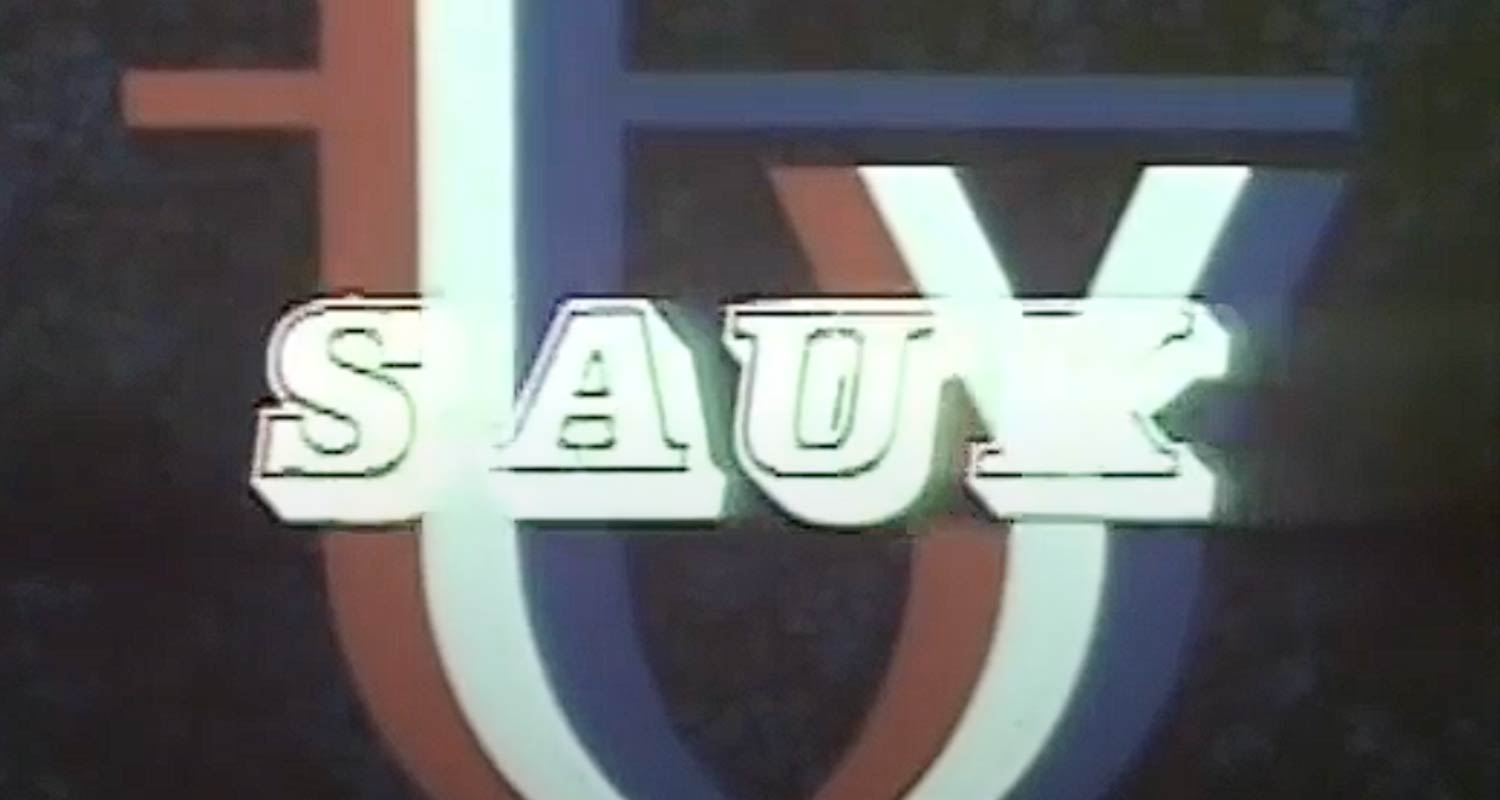 South Africa’s first official television broadcast was aired 49 years ago, on 5 January 1976, many years behind the rest of the world and even trailing many African countries. Neighbouring Rhodesia – now Zimbabwe – got TV 15 years before South Africa.
South Africa’s first official television broadcast was aired 49 years ago, on 5 January 1976, many years behind the rest of the world and even trailing many African countries. Neighbouring Rhodesia – now Zimbabwe – got TV 15 years before South Africa.
The ultra-conservative National Party government saw television as a threat to its stranglehold on information, viewing the medium as a doorway for the English language to gain dominance over Afrikaans as the lingua franca of social and political discourse in the country.
Read: As South Africa dawdles on DTT, television technology moves on
“South Africa would have to import films showing race mixing and advertising will make [black] Africans dissatisfied with their lot,” said Albert Hertzog, who served as minister for posts & telegraphs between 1958 and 1968. “[Television is the] devil’s own box, for disseminating communism and immorality,” he added.
Being a laggard did, however, have one big benefit: although black-and-white TVs were available for purchase by consumers who could not afford the more expensive colour sets, the first SABC broadcasts made use of the PAL (phase alternate line) encoding system, meaning South Africans could watch colour TV from day one.
South Africa’s first broadcast was presented in a formal Afrikaans, led by presenter Heinrich Marnitz, with Dorianne Berry presenting in English. Although regional testing had begun as early as May 1975 in Johannesburg, Marnitz and Berry’s was the first national broadcast.
Marnitz was a radio sports commentator whose career at the SABC spanned 29 years between 1968 and 1997 – he still hosts a popular music show on Pretoria FM. Berry, on the other hand, went on to host a number of popular shows including Prime Time and the iconic Good Morning South Africa.
Some of the first locally produced shows in the 1970s included English-language family drama series The Dingleys and The Villagers, as well as comedy series Biltong and Potroast and variety programme. The Knicky Knacky Knoo Show. Set in a small mining town on the Witswatersrand, The Villagers followed the sophisticated McRae family, whose father is the new manager of the local Village Reef mine, as they acclimatise to small town life.
For the first six years of television in South Africa, only one channel – TV1 – was available, which split content evenly between English and Afrikaans. In 1982, TV2 and TV3 were introduced to cater to the Zulu/Xhosa and Tswana/Sotho urban demographics, respectively. TV4, a sports and entertainment channel, was introduced in 1985. Despite the addition of new channels, the National Party government maintained absolute control of television broadcasting until the introduction of M-Net in 1986.
The Nats retained their tight grip on the flow of information by restricting M-Net, via its licensing agreement, from airing any news shows. The release of current affairs show Carte Blanche in August 1988 was M-Net’s quiet rebellion against this restriction.
“We were the first actuality [programme],” Ruda Landman said in a special Carte Blanche interview about the history of the show (included in the clip above). “The licence precluded news, which was defined as anything that happened in the last 24 hours. So, it was the only alternative voice [on TV]. It was the first alternative voice for South Africans,” she said.
Thanks to the internet, information now flows freely across all strata of South African society. But the new medium is gradually replacing television as the preferred platform for accessing video content. With a only a year left before television’s jubilee year in South Africa, many questions about the future of broadcasting remain unanswered, including whether government’s long-delayed digital migration will be successful. – © 2025 NewsCentral Media
Get breaking news from TechCentral on WhatsApp. Sign up here.
Don’t miss:

